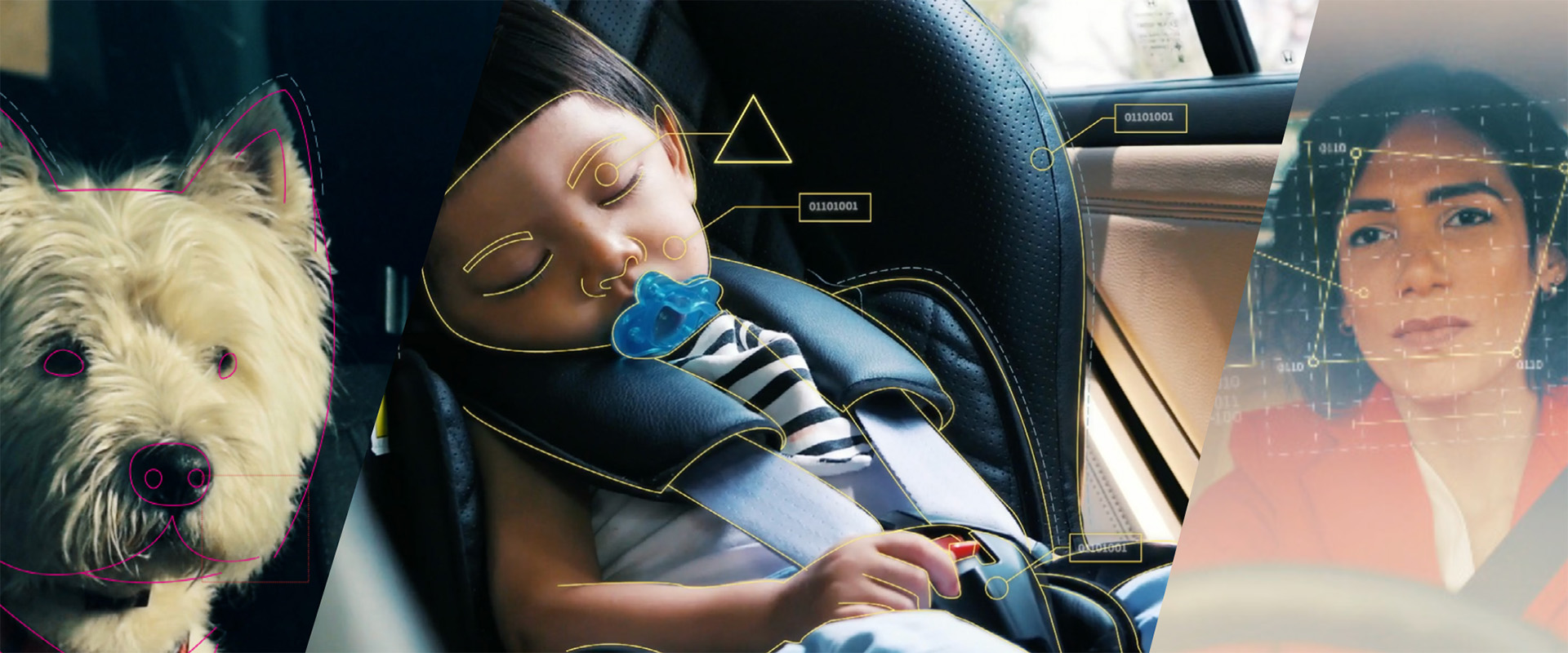EN


As the world’s most advanced remote head and eye tracking system, Smart Eye Pro features the best combined head box, field of view and gaze accuracy on the market today. It is also the best horizontal/vertical remote head and eye tracker. This versatility, combined with stellar performance in all conditions, is why Smart Eye Pro is the preferred research tool for complex environments such as car and flight simulators, vehicle studies, multi-screen or control room environments, long-range tracking, mobiles, tablets and single screens around the world. But what does it mean to be a “remote” eye tracker?
Remote head and eye tracking is well-suited for measuring the gaze behavior of participants looking at objects and screens (either computer, television, projection, tablet, etc.) For this type of eye-tracking, participants do not have to wear a mobile or head mounted eye tracker, which are commonly fitted on a pair of glasses.
A remote system is flexible, and it allows the researcher to place the cameras where the subject will be performing the work and where the space allows. It is a great system for environments in any vehicle, such as the cockpit in cars, aircraft, locomotives and trams as well as on normal office or lab desktop setups displaying contents on single or multi-screens.
Different eye trackers serve different purposes. For example, you can’t use a remote system in a disaster field unless the subject is stationary. In such cases, where respondents move around, a mobile eye tracker is recommended: there’s no right or wrong.
However, if the environment is always the same, like e.g. in an aircraft or car cockpit simulator, a remote head and eye tracker is perfect. In these spaces, the subject will likely feel more comfortable using a remote head and eye tracking system as it won’t be necessary to wear any sort of gear. This comfort leads to a more naturalistic experience for the participant, and thus higher quality data for the researcher.
Once the system is installed and the cameras are accurately positioned, the subject will be able to start to perform his or her work as usual without worrying about operating an additional system or restrict movements due to hardware placed on the body.
To use a vehicle as an example: if the cameras and the Smart Eye Pro software are running, the driver should focus on driving, while the cameras will simply collect video and the system produce data related to the head movement and/or gaze behavior without any prompts from the subject.
Our remote head and eye tracking systems cover a number of different industries:
Through our automotive research systems, car manufacturers can get a deeper understanding of how human drivers interact with technology and the physical environment surrounding them. Enabling car manufacturers (OEMs) to test, revise and implement the dashboards, interiors, and interfaces of tomorrow.
Eye tracking enables researchers, pilots and operators to reach new insights and perform at their best–both on the ground and 30,000 feet above it. For example, these pilot monitoring systems can help pilots to correct their scanning techniques for future flights during flight training in flight simulators.
Our technology helps researchers gain valuable insight into the human mind and body. In psychology and neuroscience, eye tracking helps identify a wide range of diseases and neurological conditions, improving researchers’ understanding of people’s thoughts, feelings, and intentions. For example, a neuroscientist who uses a remote eye tracker to study saccadic eye movements–a common scenario when studying schizophrenia.
There are many scenarios where a more flexible, naturalistic approach to eye tracking is ideal for research studies conducted in the fields of automotive, aviation and psychology to name a few. The remote capabilities of Smart Eye’s suite of eye tracking products allows for contactless measurements, which provides a more authentic experience for the subjects and promotes a more realistic behavior which will be reflected in the data collected. These features are also especially critical when space is tight, such as inside a flight simulation during plot training. With the increasing challenges and demands on today’s researchers, the world’s most advanced remote head and eye tracking system by Smart Eye provides both the versatility to accommodate their studies with the accuracy they are looking for.
Are you exploring remote head and eye tracking for your project? Contact us to learn more or to schedule a demo!
